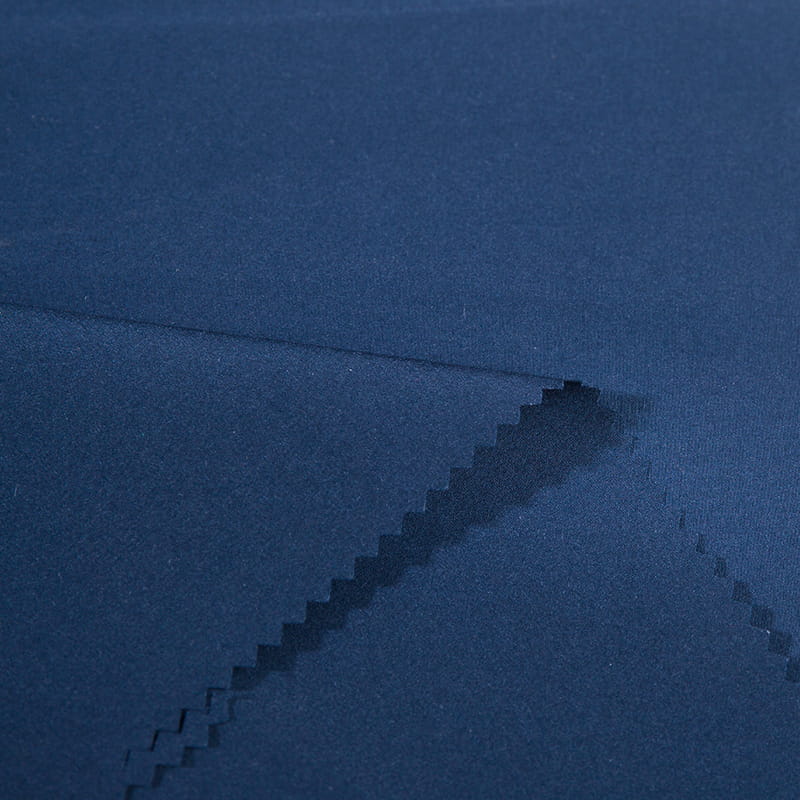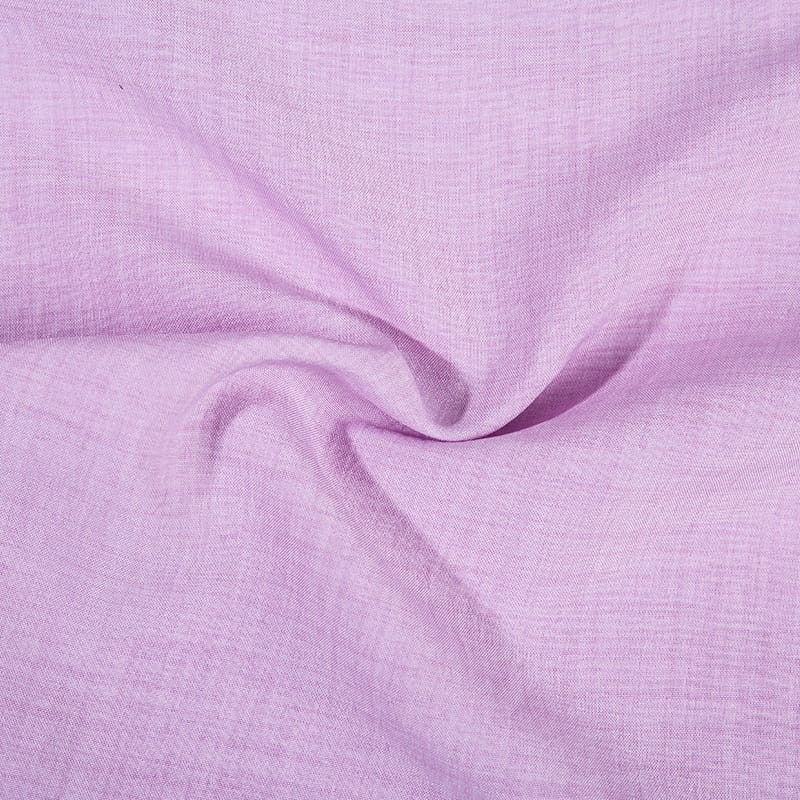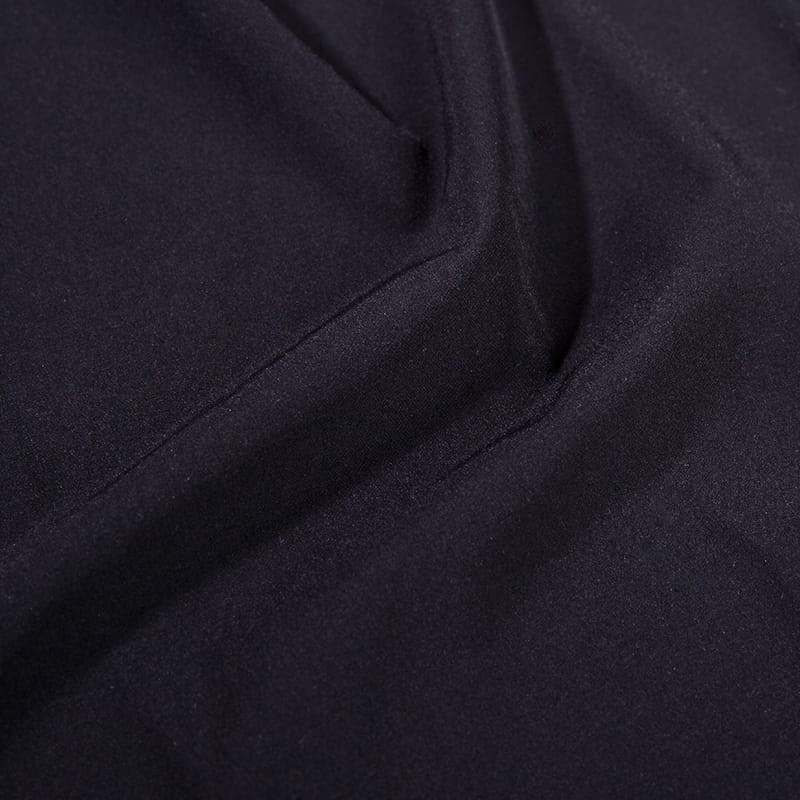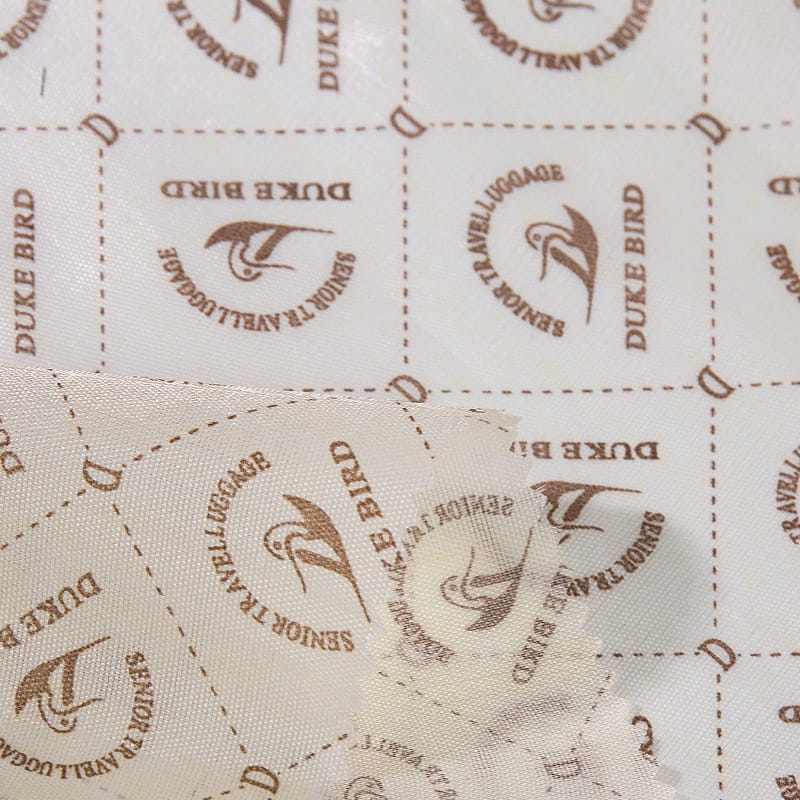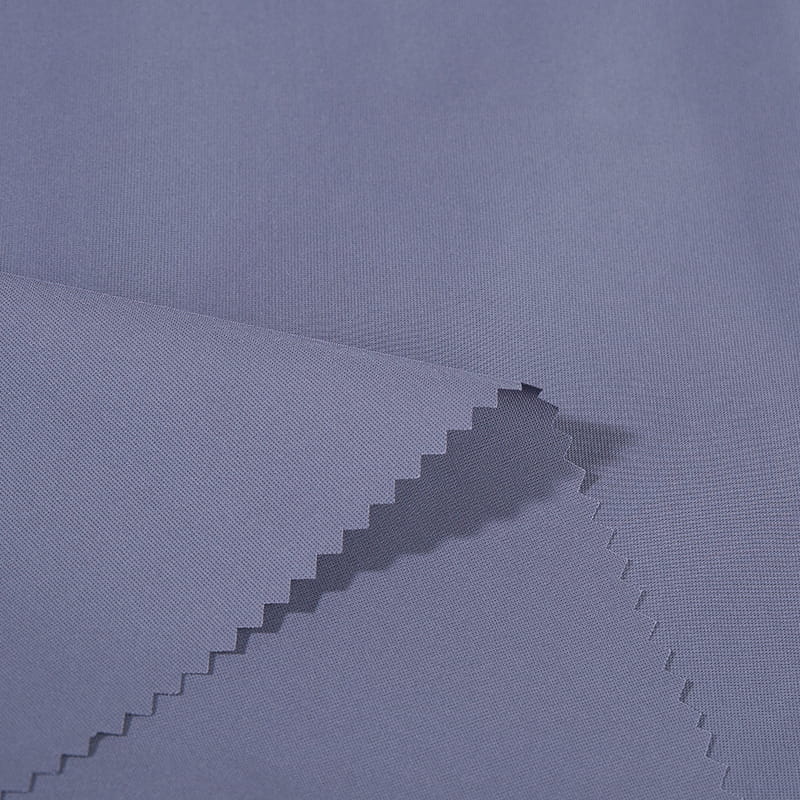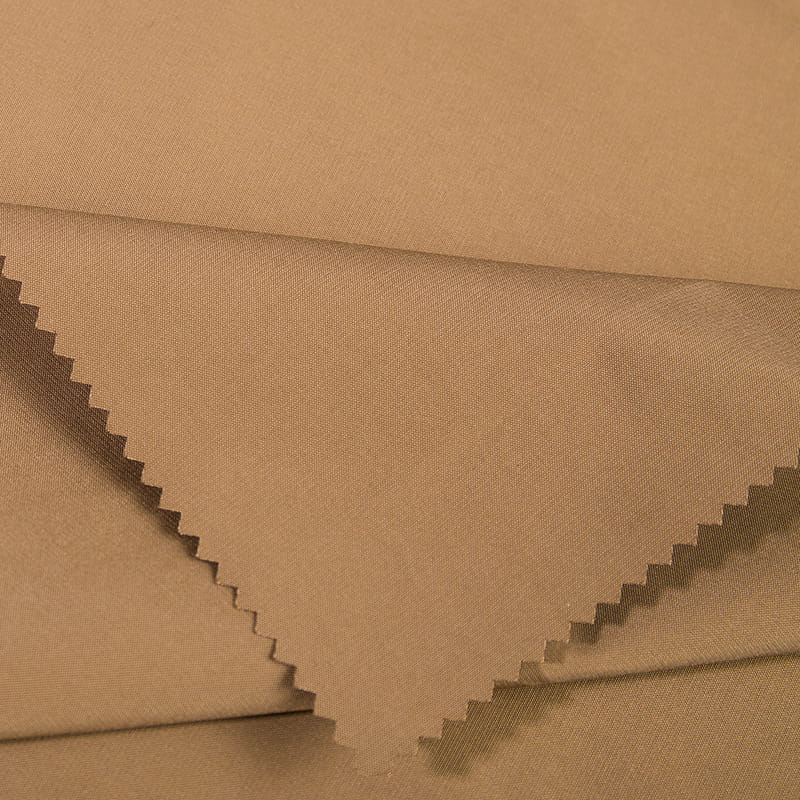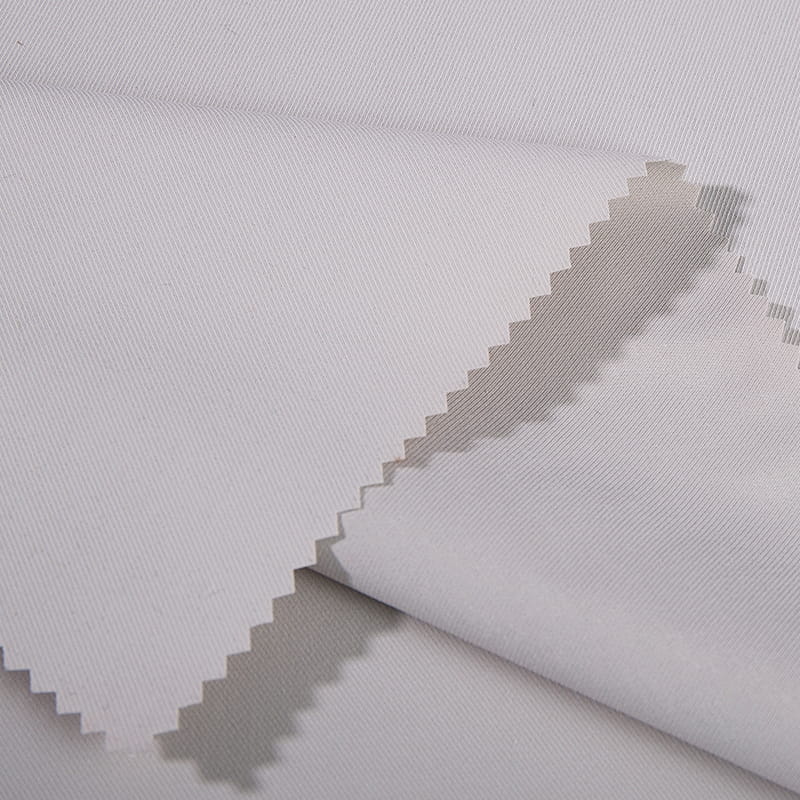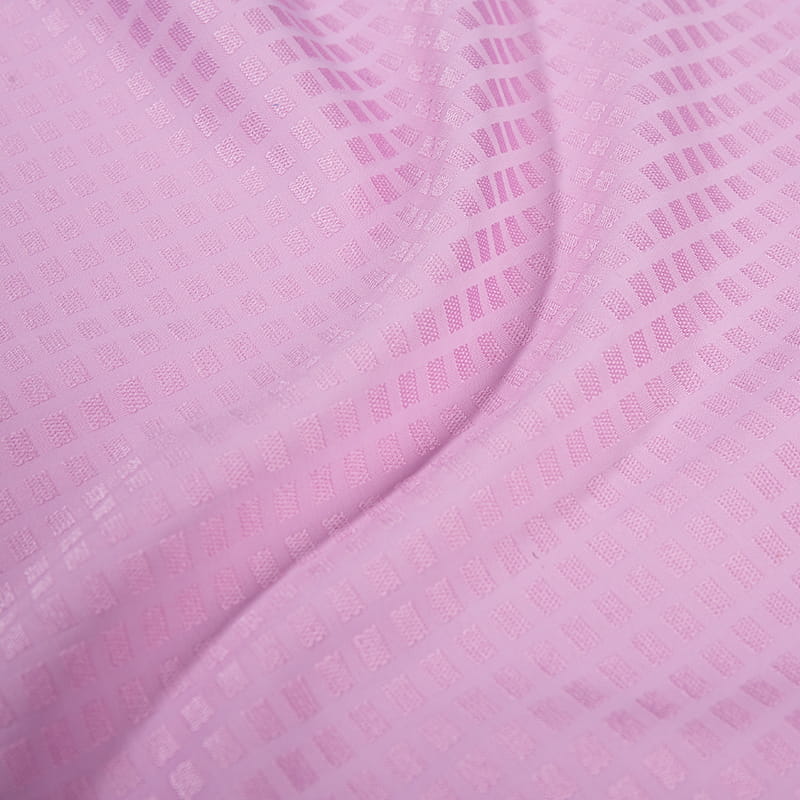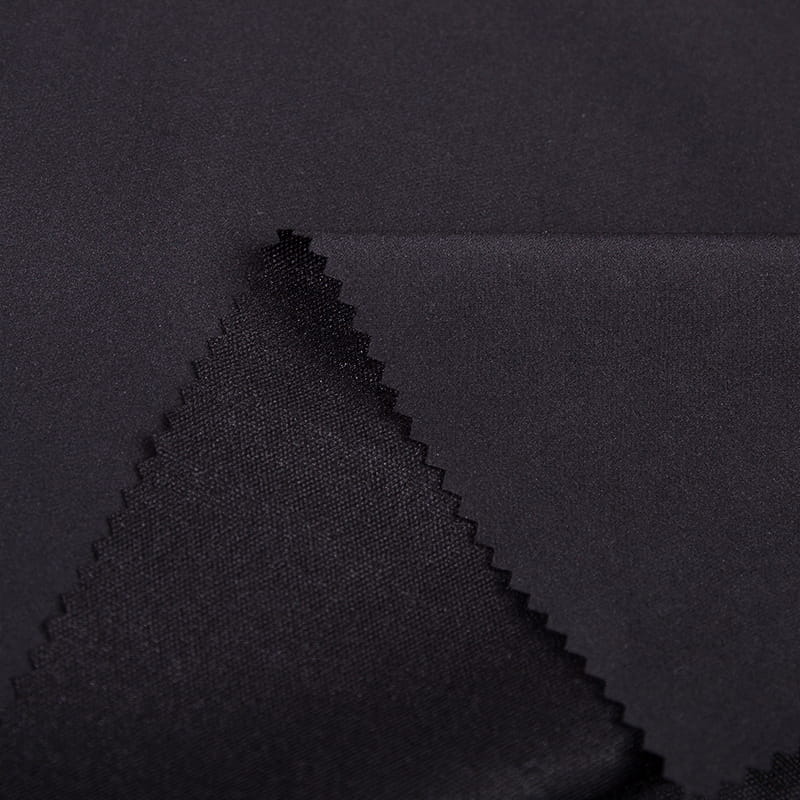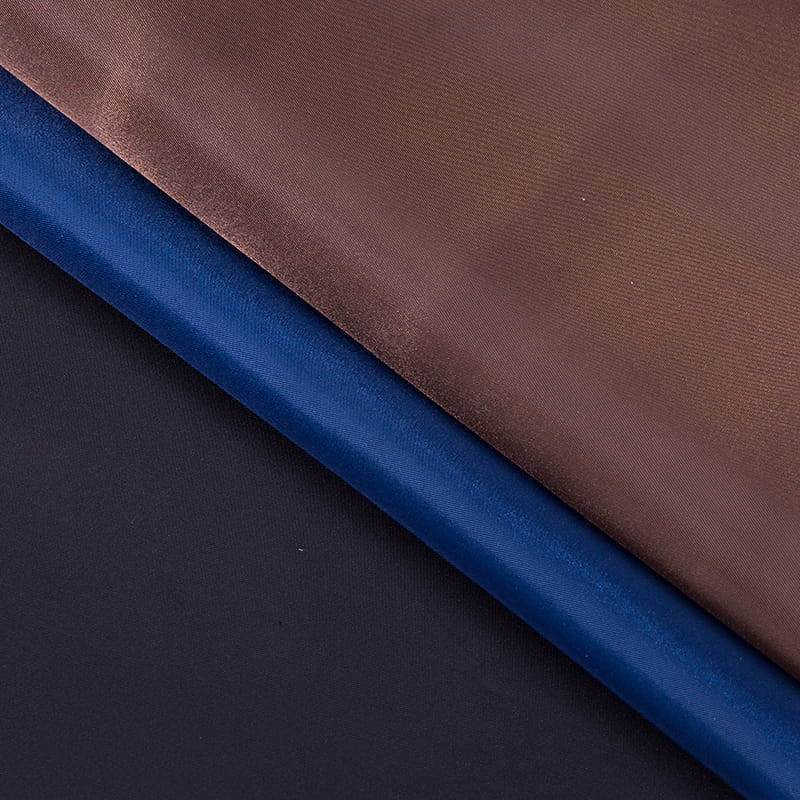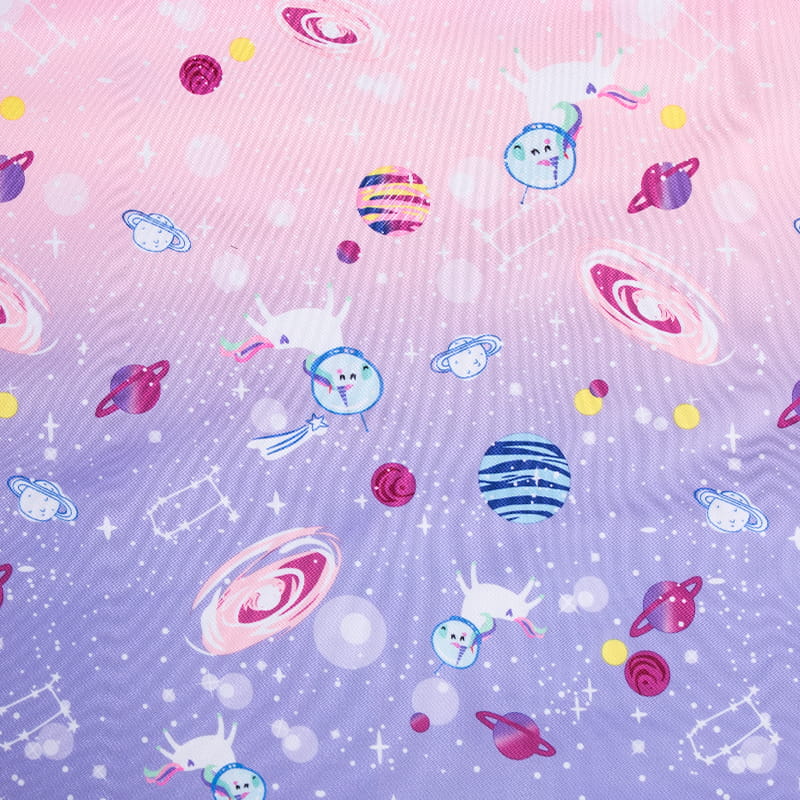For PVC and PU coated Oxford cloth, how are their environmental protection evaluated?
2024-05-30
In the textile industry, coating technologies are widely used to improve the durability and functionality of materials. PVC (polyvinyl chloride) and PU (polyurethane) coated oxford cloth are popular for their unique properties. With the increasing awareness of environmental protection, the environmental protection of these coating materials has also become the focus of attention.
1. Environmental protection assessment of PVC coated Oxford cloth
PVC coated Oxford cloth is made of glass fiber cloth, glass wool cloth and chemical fiber cloth as the base cloth, and is coated through a special process. It has multiple functions such as waterproof, flame-retardant, mildew-proof, cold-proof, and anti-corrosion (referred to as three-proof cloth, five-proof cloth). It also has aging resistance, UV protection, easy cleaning, high temperature resistance (180 degrees) and heat preservation. Good features. These characteristics make PVC coated Oxford cloth widely used in construction, transportation, sunshade, warehousing, advertising, sports equipment, entertainment facilities and other fields.
There is some controversy over the environmental protection of PVC coated Oxford cloth. The production process of PVC can release toxic chemicals such as vinyl chloride monomer, a known carcinogen. In addition, when PVC is burned, it may produce dioxins, which are highly toxic compounds that pose a serious threat to the environment and human health. These chemicals can migrate from PVC products, especially when exposed to high temperatures or contact with liquids.
In order to evaluate the environmental protection of PVC coated Oxford cloth, we can investigate from the following aspects:
Source of raw materials: The main raw material of PVC coated Oxford cloth is polyvinyl chloride (PVC) resin. PVC resin is a widely used plastic material whose production often involves the mining and refining of fossil resources such as oil and natural gas. The mining and refining process of these fossil resources may have negative impacts on the environment, such as damaging ecosystems and producing greenhouse gas emissions. The main raw material of PU coated Oxford cloth is polyurethane (PU). Polyurethane is a polymer compound produced by the reaction of isocyanate and polyol. Its raw materials mainly include polyester polyol, polyether polyol, isocyanate, etc. These raw materials come from a variety of sources, including fossil resources such as oil and natural gas, and renewable resources such as vegetable oil and waste plastics.
Production process: Enterprises should adopt environmentally friendly production processes to reduce the emission of waste gas, waste water and waste residue. At the same time, waste generated during the production process is properly disposed of to avoid environmental pollution.
Product performance: PVC coated Oxford cloth should have good durability and stability to reduce the waste of resources caused by frequent replacement.
Disposal: Establish a complete waste disposal mechanism to recycle, reuse or safely dispose of discarded PVC coated oxford cloth to reduce the negative impact on the environment.
2. Environmental protection assessment of PU coated Oxford cloth
PU coated Oxford cloth is a textile made of polyurethane as coating material. It has various properties such as moisture permeability, wear resistance, windproof, softness, etc., and is widely used in outdoor products, military industry and other fields. Compared with PVC-coated Oxford cloth, PU-coated Oxford cloth has certain advantages in environmental protection.
PU coating is relatively environmentally friendly during the production process and does not produce a large amount of harmful substances. Secondly, PU coated Oxford cloth has good degradability and can gradually decompose in the natural environment, reducing its impact on the environment. PU coated Oxford cloth also has good weather resistance and wear resistance, extending its service life and reducing resource consumption.
PU coated Oxford cloth also has some environmental issues. Some solvent-based PU coatings may contain toxic solvents, posing potential threats to the environment and human health. When choosing PU coated Oxford cloth, water-based PU coating products should be preferred to ensure their environmental protection.


 English
English русский
русский عربى
عربى